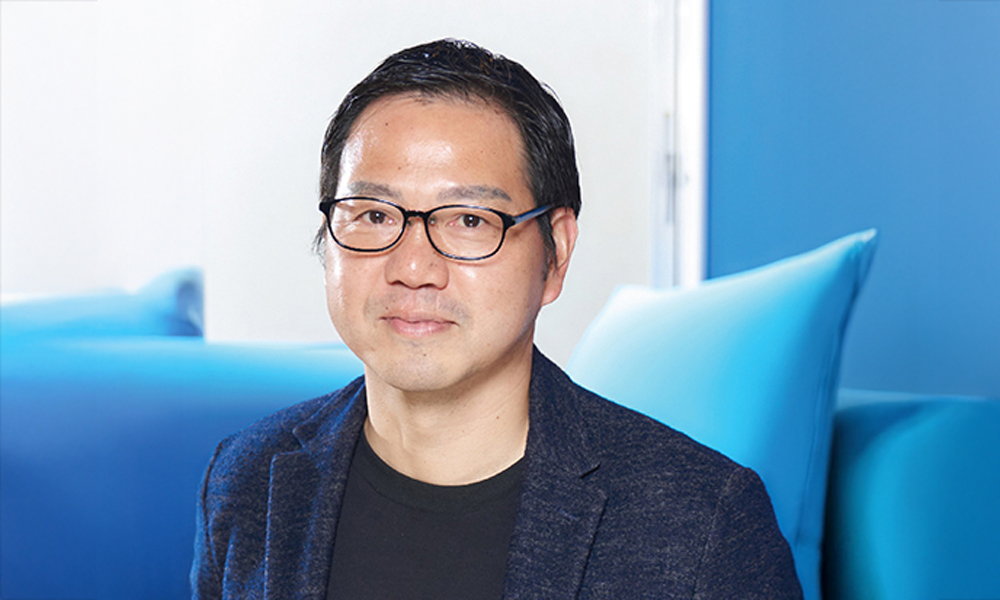OOH Industry
Data-driven media buying: Lessons from Jun Sakurai on Japan’s OOH evolution
Jun Sakurai, Head of OOH Business – Dentsu Japan, shares some insights from Dentsu Japan’s experience with data led approach to OOH and how it delivered results.

Jun Sakurai, Head of OOH Business at Dentsu Japan, recently shared valuable insights into the evolution of data-led out-of-home (OOH) advertising in Japan. Drawing from Dentsu Japan’s extensive experience, Jun illuminated the transformative power of data in enhancing the accountability and effectiveness of OOH campaigns.
While acknowledging that Japan holds the position of the third-largest OOH market globally, after China and the U.S., Jun highlighted the market’s historical complexities. Similar to many Asian countries, including India, the Japanese OOH landscape has been characterized by fragmentation, with numerous media owners and specialist agencies. Furthermore, the absence of a unified OOH industry organization or a standardized audience measurement system presented its own set of challenges. However, Jun emphasized that this landscape is on the cusp of significant change.
Dentsu Japan has proactively taken a leading role in reshaping the OOH industry by prioritizing accountability for advertisers. Jun outlined several pivotal steps in this ongoing initiative. A key development was the launch of LIVE BOARD in 2019, a programmatic OOH marketplace established in collaboration with NTT DOCOMO. This platform has been instrumental in introducing a data-driven approach to the Japanese OOH market by leveraging the extensive mobile carrier data of NTT DOCOMO.
Furthermore, Dentsu Japan has focused on visualizing the tangible value of OOH advertising through strategic partnerships with data providers. This emphasis on data-backed insights allows for a more robust evaluation of OOH’s impact. Looking ahead, Jun revealed a significant industry-wide effort to develop a standardized audience measurement system, with a projected launch in 2026. This initiative, involving major media owners and agencies, promises to bring greater transparency and comparability to OOH advertising, aligning it more closely with metrics used in television and digital media.
Jun also presented compelling survey results conducted by Dentsu, demonstrating the significant role OOH plays in amplifying the effectiveness of campaigns when integrated with television and digital media. The data indicated notable increases in reach (+8%), awareness (from 52.2% to 62.3%), and usage intention (from 32.0% to 50.5%) when OOH was included in the media mix.
Moreover, the adoption of data-driven and programmatic approaches has unlocked new opportunities. Jun highlighted actual case studies from FY2023 to FY2024, showcasing substantial budget increases from advertisers who had either not previously utilized OOH or were allocating additional funds to this impactful medium. Examples included a pharmaceutical company (+64%), an amusement park company (+473%), and a transportation company (+900%).
In conclusion, Jun emphasized that Japan’s journey in embracing data-driven and programmatic OOH approaches has provided valuable experience and a distinct advantage in navigating this evolving landscape. He expressed optimism for increased collaboration between Japan and other Asian countries, including India, in further advancing the OOH industry through the strategic application of data.